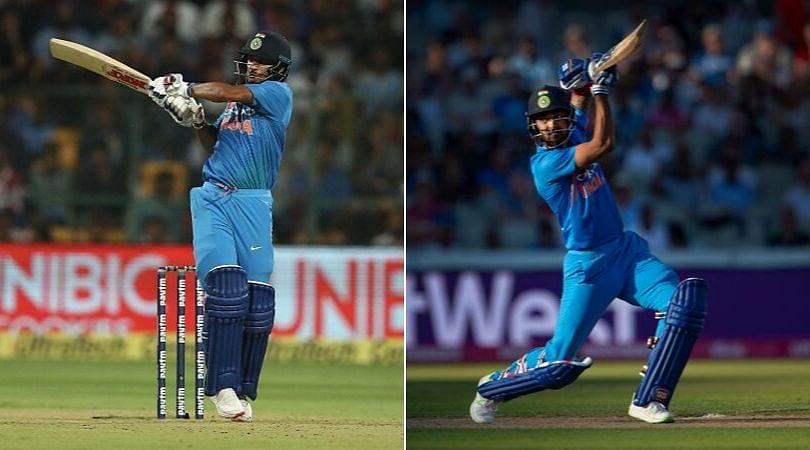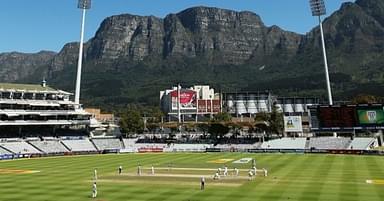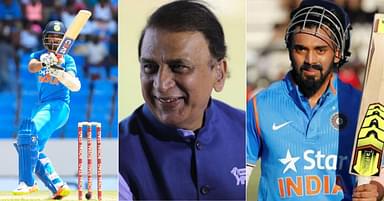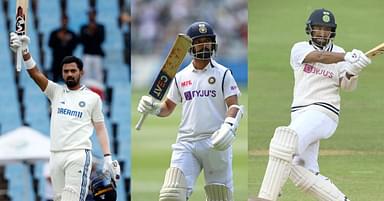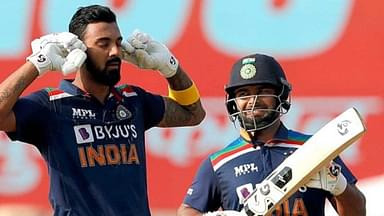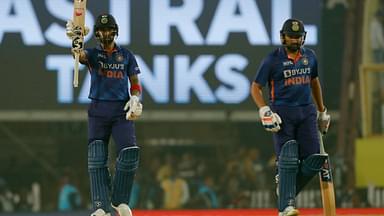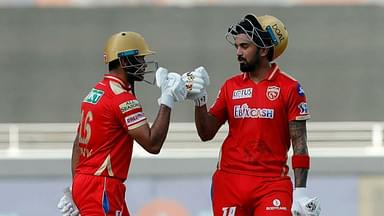Shikhar Dhawan vs KL Rahul: The second opener’s spot in T20Is is a serious conundrum for the Indian team management.
Advertisement
India are all set to host South Africa for a three-match T20I series starting from tomorrow. There has been a lot of talk regarding the series staring both the teams’ preparation for the ICC T20 World Cup slated to be played in Australia next year.
Going into the showpiece event, a primary concern for the hosts is zeroing in on who would open the batting for them alongside Rohit Sharma in T20Is. Currently the highest run-scorer in the format, there is not an iota of doubt with respect to Sharma’s potential in the format.
However, the second opener’s position has often been shared by Shikhar Dhawan and Lokesh Rahul. Dhawan, who forms a stellar opening pair alongside Sharma in ODIs, is likely to be preferred in the first T20Is in Dharamsala. Coming on the back of a dismal series in West Indies, how many more chances will the southpaw receive remains to be answered.
Shikhar Dhawan vs KL Rahul – India’s opening conundrum
Shikhar Dhawan
Despite being at contrast from a quintessential T20 big-hitter, Dhawan possesses a decent record in the format. In 53 T20Is, Dhawan has scored 1,337 runs at an average of 27.28 and a strike rate of 129.55 including nine half-centuries.
ALSO WATCH: Virat Kohli discloses reason behind Yuzvendra Chahal and Kuldeep Yadav’s ouster
In the last 12 months, Dhawan has scored 360 runs in 13 T20Is at an average of 30 and a strike rate of 128.57 including a couple of half-centuries.
Dhawan’s “safe” record in the format has it in it to hamper India’s chances in times of chasing formidable targets. With Sharma and captain Virat Kohli forming India’s top-order, three batsmen who like to take their time before accelerating might not be the best combination for India. The conservative approach can hurt India in more ways than it can aid them in T20Is.
What works for Dhawan is his T20I record down under, where the World Cup is to be held. In six T20Is, the 33-year old batsman has scored 190 runs at an average of 38 and a strike rate of 168.14 including a half-century.
KL Rahul
In 28 T20Is, Rahul has scored 899 runs at an average of 42.80 and a strike rate of 148.10 including two centuries and five half-centuries. Rahul’s numbers (203 runs at an average of 29 and a strike rate of 128.48 including a half-century) are almost similar to Dhawan as far as the last year is concerned.
In 14 T20Is where Rahul has opened the batting, he has scored 535 runs at an average of 41.15 and a strike rate of 142.66 including five half-centuries.
Squad on board ✌ pic.twitter.com/QV66prLl3a
— K L Rahul (@klrahul11) September 12, 2019
What differentiates Rahul from Dhawan is the former’s approach. The right-hand batsman usually strikes from the word go and at a better rate. Him scoring two centuries at a better strike rate speaks highly of his potential at the top of the order.
While Rahul’s record in Australia (27 runs at an average of 13.50 and a strike rate of 84.37) isn’t worth boasting about, his overall overseas record (488 runs in 17 T20Is at an average of 44.36 and a strike rate of 152.97) makes him the favourite candidate. Both Rahul’s T20I centuries have come outside of India.
Who is the favourite at this point in time?
Given the massive scale of the Indian Premier League, it is worth considering how these two have fared in the biggest T20 competition. Despite the massive difference in number of IPL matches between them, comparing the runs scored by them won’t be fair.
Having said that, Rahul’s average and strike rate of 42.06 and 138.15 respectively is way better than Dhawan’s average and strike rate of 33.42 and 124.80 respectively.
For the overall betterment of the Indian team, it appears as if Rahul should be the preferred contender in the long run. That being said, the imminent few matches will be vital for the players and will definitely give us a clearer picture.
What India should be wary about is not leaving the decision till the last moment much like the No. 4 conundrum in the ODI team for the ICC Cricket World Cup 2019. While not many benefited from that school of thought, it continues to be an issue till now.

